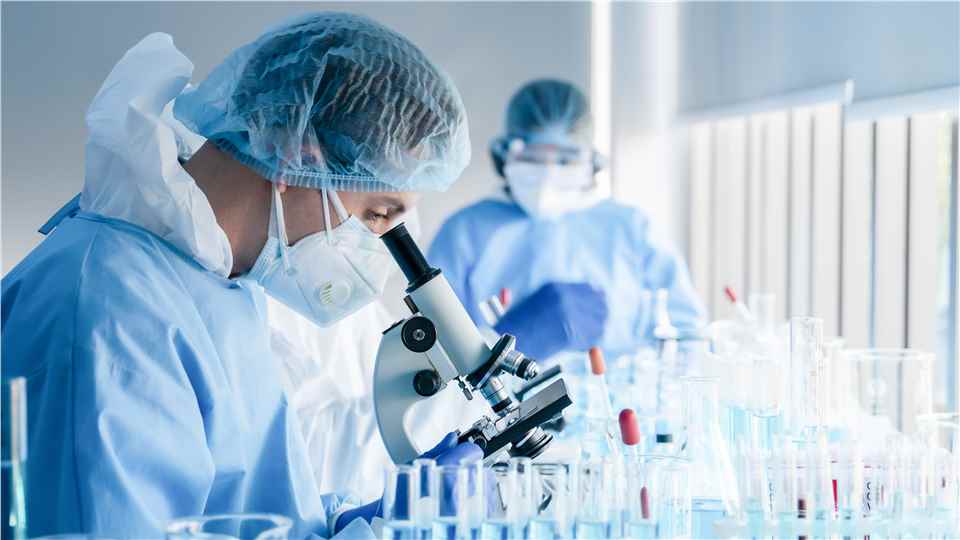Lysosomal Storage Disorders
Lysosomal Storage Disorders (LSDs) are rare inherited metabolic diseases caused by genetic mutations that disrupt lysosomal enzyme activity, leading to pathological substrate accumulation and multisystemic organ damage. As a growing focus in rare disease research, LSDs present dual challenges: delayed diagnosis due to symptom heterogeneity and limited therapeutic options. Current advances prioritize biomarker development, personalized treatment strategies, and novel therapies such as enhanced enzyme replacement (ERT) and gene-targeted interventions. Our preclinical platform accelerates LSD drug discovery by integrating advanced enzymology, targeted delivery technologies, and translational models to bridge preclinical innovation with clinical application.
Overview of Lysosomal Storage Disorders
Lysosomal Storage Disorders (LSDs) are a group of inherited metabolic diseases caused by genetic mutations that impair lysosomal enzyme activity, disrupting cellular waste processing and leading to toxic substrate accumulation. These disorders, including conditions like Gaucher disease, Pompe disease, and Niemann-Pick disease, exhibit diverse genetic and biochemical profiles but share multisystem complications such as neurological decline, organ damage, and skeletal abnormalities. Current management strategies focus on enzyme replacement therapy (ERT), substrate reduction therapy, and emerging gene therapies, with research prioritizing precision medicine approaches to address unmet clinical needs. Advances in genetic testing and therapeutic innovation underscore the importance of multidisciplinary care to mitigate disease progression and improve outcomes for patients and families affected by these complex conditions.
Lysosomal storage disorders (LSDs) are a heterogeneous group of genetic diseases, each with distinct genetic and biochemical characteristics. Here are some examples:
- Gaucher Disease: Caused by mutations in the GBA1 gene, Gaucher disease results in deficient glucocerebrosidase enzyme activity, driving toxic glucocerebroside accumulation in macrophages. This triggers hepatosplenomegaly, bone marrow infiltration, osteoporosis, and cytopenia, with disease management relying on enzyme replacement therapy (ERT) and substrate reduction therapy (SRT).
- Fabry Disease: Linked to GLA gene mutations, Fabry disease disrupts alpha-galactosidase A production, causing globotriaosylceramide (Gb3) deposition in blood vessels and organs. Clinical hallmarks include neuropathic pain, progressive kidney dysfunction, cardiomyopathy, and stroke risk, with therapies like ERT and chaperone treatments aiming to slow progression.
- Niemann-Pick Disease Type A: Driven by SMPD1 gene mutations, this lysosomal disorder impairs acid sphingomyelinase function, leading to sphingomyelin buildup in cells. Severe neurodegeneration, hepatic failure, and respiratory complications typically result in early childhood mortality, underscoring the urgency for gene therapy trials and palliative care innovations.
- Mucopolysaccharidosis Type I (Hurler Syndrome): Stemming from IDUA gene defects, Hurler syndrome causes alpha-L-iduronidase deficiency and glycosaminoglycan (GAG) accumulation, manifesting as corneal clouding, skeletal deformities, cognitive decline, and cardiorespiratory failure. Current strategies combine hematopoietic stem cell transplantation (HSCT) and ERT to improve outcomes.
 Fig1. Overview of the mechanisms regulating lysosome function: the master regulator TFEB and new players in the field. (Marques, et al., 2019)
Fig1. Overview of the mechanisms regulating lysosome function: the master regulator TFEB and new players in the field. (Marques, et al., 2019)Clinical and Research Challenges
Lysosomal Storage Disorders (LSDs) pose clinical and research challenges due to progressive symptoms, diagnostic delays from rarity, and complex multisystem pathophysiology involving enzyme deficiencies and toxic substrate buildup. Current therapies like enzyme replacement therapy (ERT) and gene therapy face hurdles in addressing neurological damage and accessibility. Advances in precision diagnostics and personalized treatments are critical for improving outcomes.
Current Clinical Limitations
- Diagnostic Challenges. LSDs are hard to diagnose due to rare incidence and diverse symptoms. Early signs are often nonspecific, leading to delays. Specialized testing is needed but not always accessible.
- Therapeutic Limitations. Current treatments like ERT are expensive and often ineffective for neurodegenerative aspects. Immune responses can further reduce efficacy, highlighting the need for better therapies.
- Research Constraints. Small patient populations and complex mechanisms hinder large-scale trials and research. High costs and lack of standardized protocols further impede progress.
 Fig2. Therapeutic alternatives for LSD. (Leal, et al., 2020)
Fig2. Therapeutic alternatives for LSD. (Leal, et al., 2020)Our Services

Animal Model Platforms
We have established a robust preclinical research platform featuring validated animal models that accurately recapitulate human LSD pathologies:
| Rodent Models | Large Animal Models |
|
|

Therapeutic Evaluation Platforms
Our therapeutic evaluation platform provides comprehensive assessment of gene therapies (AAV vector optimization, CNS delivery strategies), enzyme replacement therapies (enzyme engineering, novel delivery systems), and small molecule approaches (STING pathway inhibitors, TFEB activators). We specialize in combination therapy strategies and blood-brain barrier penetration studies to address the complex pathophysiology of LSDs.

Mechanistic Research Platforms
We employ advanced mechanistic platforms to investigate LSD pathogenesis, including cGAS-STING pathway analysis (quantifying neuroinflammation markers), lysosomal function assessment (morphology, pH regulation), and human cellular models (iPSC-derived neurons, 3D organoids). These systems enable deep investigation of disease mechanisms and therapeutic targets.

Translational Research Services
Our preclinical services are designed to bridge the gap between basic research and clinical application:
| Biomarker Development | Pharmacokinetic/Pharmacodynamic Studies | Safety Pharmacology |
|
|
|
Our integrated preclinical services accelerate the development of novel therapies for LSDs, from target validation through IND-enabling studies. By combining deep mechanistic understanding with robust translational models, we help overcome the unique challenges of LSD drug development.
For more information about our LSD preclinical research services, please contact our scientific team to discuss your specific project requirements.
References
- Leal AF.; et al. Lysosomal storage diseases: current therapies and future alternatives. J Mol Med (Berl). 2020;98(7):931-946.
- Marques ARA, Saftig P. Lysosomal storage disorders - challenges, concepts and avenues for therapy: beyond rare diseases. J Cell Sci. 2019;132(2):jcs221739.
All of our services and products are intended for preclinical research use only and cannot be used to diagnose, treat or manage patients.
